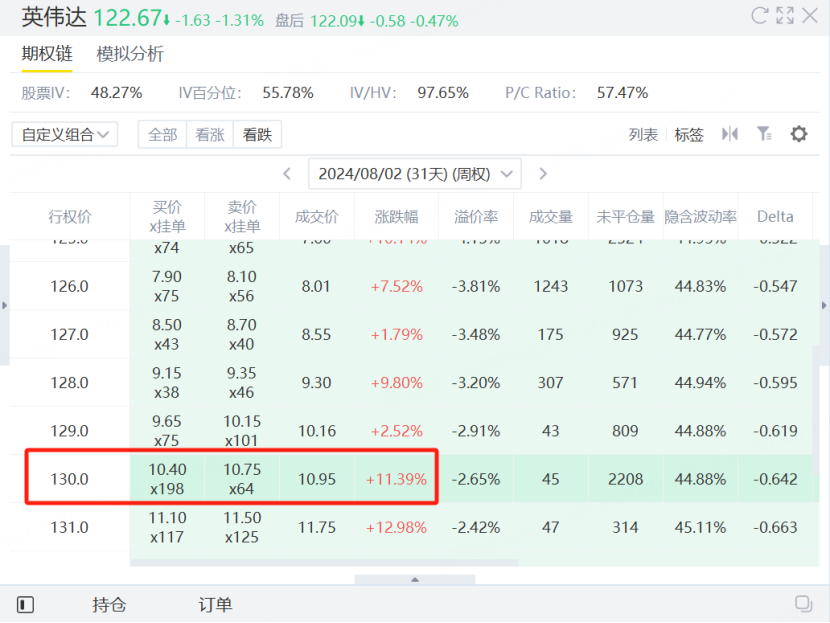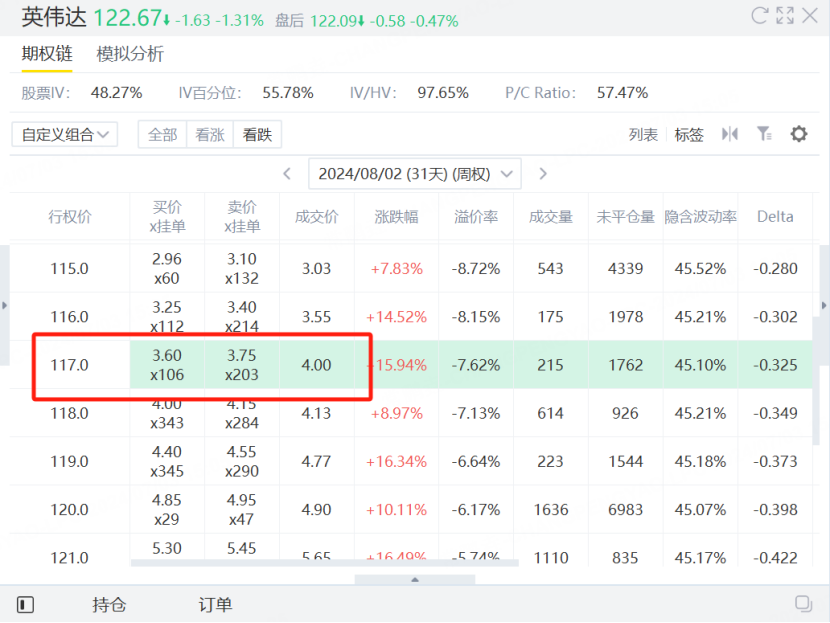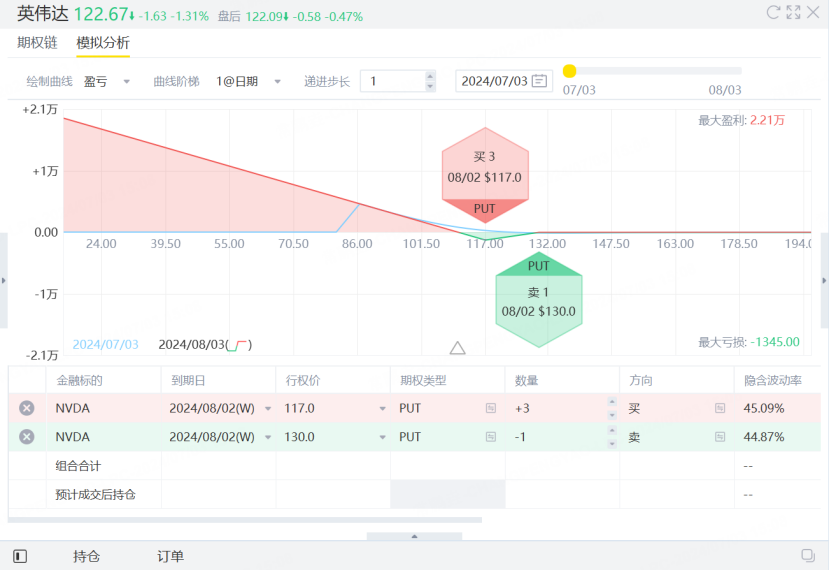Maximizing Gains, Minimizing Losses on Nvidia Shorts
$NVIDIA Corp(NVDA)$ 's got some serious troubles brewing! The French regulators are about to throw down the antitrust gauntlet, making them the first in the world to do so. Word on the street is, this is all part of a wider probe into the cloud computing biz.
Fine $44 billion!
You know what's got the watchdogs barking? Nvidia's CUDA software, the one that's like a perfect match for their GPU chips. And GPUs are the hot ticket for tech giants looking to train models and amp up their computing power. Programmers are hooked on CUDA, and analysts thought it was Nvidia's moat. But now, regulators are saying it's more like an unfair advantage.
If Nvidia gets caught, they could be looking at a fine of up to 10% of their global annual revenue – that's a whopping $44 billion!
And that's not all. Shareholders are jumping ship too, with CEO Jensen Huang cashing out big time. He just sold another $29.4 million worth of shares, bringing his total haul in the last three weeks to $184 million.
Put Ratio Backspread
So, for those of you eyeing a short play on Nvidia's recent rally, let's talk about a strategy that limits your downside and keeps you from blowing up your account – Put Ratio Backspread.
What's Put Ratio Backspread? It's a way to play options that gives you both upside and downside potential, but in a controlled manner.
Imagine it like this: You buy a few cheap options that will pay off big if the stock tanks, and then you sell a few more expensive ones to offset the cost. If you're bearish, you'd use a Put Ratio Backspread. It's like having a safety net for your bearish bets.
NVDA Case Study
Let's dive into Nvidia's case with a 2:1 Put Ratio Backspread. Say Nvidia closed at $122.67 on July 2nd, and you're convinced it's gonna take a dive.
First, you sell one in-the-money put option with a strike price of $130 for $10.95 per share. That's $1,095 in your pocket.
Next, you buy three out-of-the-money puts with a strike price of $117 for 4 each. That's a total of $1,200 out of your wallet.
So, you're in for just $105(since you got $1,095 from the sale and spent $1,200 on the buys).
Now, If Nvidia falls to $1 at option expiration, the investor will earn 116 x 100 x 3= $34,800 on the three put options purchased. At the same time, the investor selling the 130-price put option will lose money, and the loss (130-1) x 100= $12,900.
The net profit for the investor is the $34,800 gain on the put option minus the $12,900 loss on the short side, minus the investor's initial investment of $105, resulting in a gain of $21,795.
But if Nvidia goes the other way and skyrockets, your max loss is just that initial $105. Even if it stays flat at $117, your max loss is a manageable $1,405.
This strategy keeps your losses small and your wins big. More futher, you can adjust the ratio to fine-tune your risk appetite.
In short, Put Ratio Backspread is like having a secret weapon for volatile stocks like Nvidia. It's got your back when you're right, and it cushions the blow when you're wrong. Add it to your playbook – you won't regret it!
Disclaimer: Investing carries risk. This is not financial advice. The above content should not be regarded as an offer, recommendation, or solicitation on acquiring or disposing of any financial products, any associated discussions, comments, or posts by author or other users should not be considered as such either. It is solely for general information purpose only, which does not consider your own investment objectives, financial situations or needs. TTM assumes no responsibility or warranty for the accuracy and completeness of the information, investors should do their own research and may seek professional advice before investing.
- EuniceGrote·07-04Interesting strategyLikeReport



